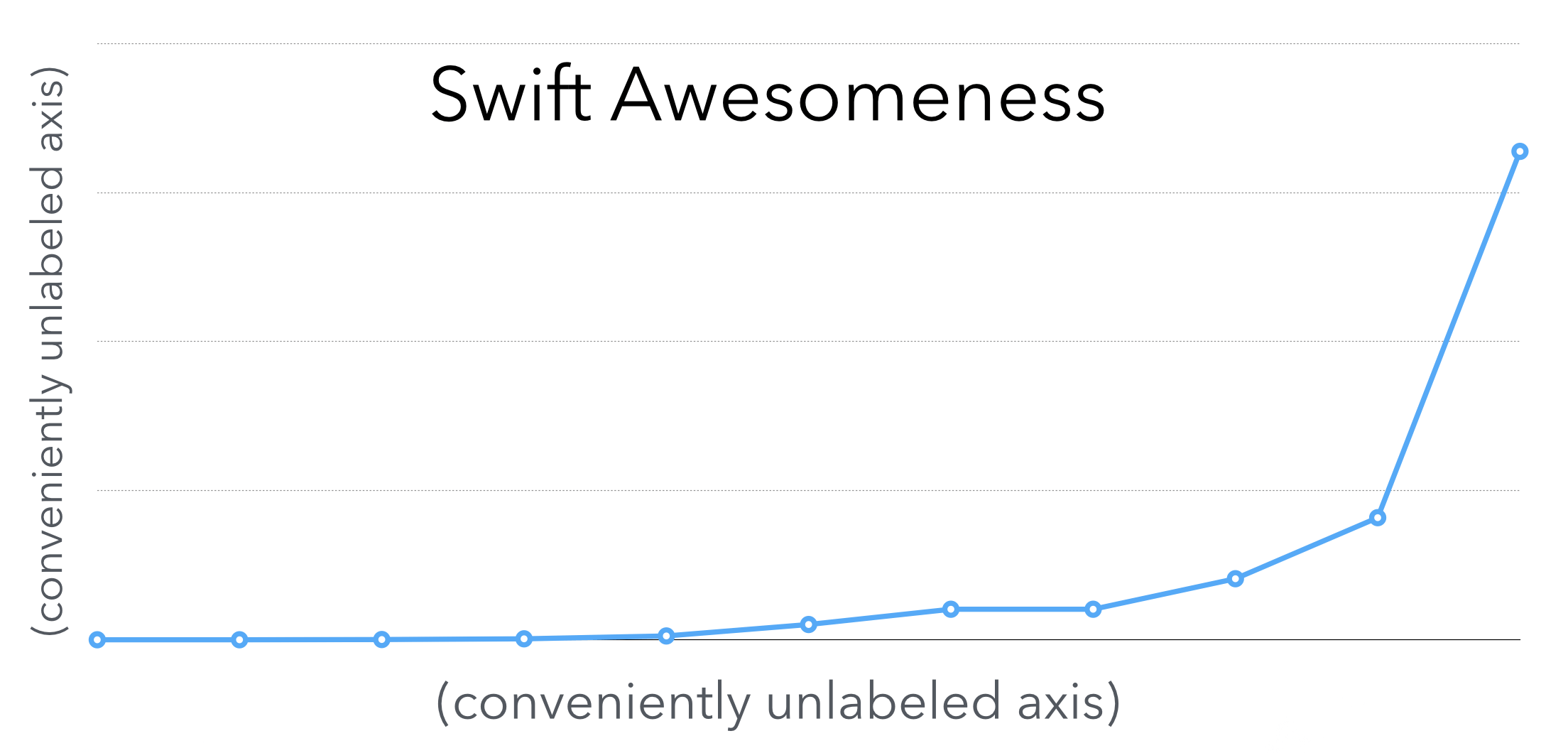Outlining Your Conference Talk Pixar-style
Use a narrative to get at the core of what you want to say.
You’re thinking of submitting a proposal to speak at a conference. Or you’ve already committed to speak, and you want to start getting your talk together.
One tip you’ll hear a lot is to structure your talk with a narrative. People have been telling stories since the dawn of language; it’s practically in our DNA. With a strong narrative and call to action, your audience will take something of value away with them.
For technical talks, that doesn’t always work. Having a story and characters can get a little distracting or cheesy when you’re trying to explain the intricacies of multithreading and semaphores.
But when you’re at the outline phase, thinking of the story behind your talk can be a useful thing.
The Pixar Plot
Emma Coats, a freelance director formerly at Pixar, once tweeted a list of storytelling basics. Things that she saw made Pixar films so successful.
One of the items is this storytelling sequence:
Once upon a time there was …
Every day, …
One day …
Because of that, …
Because of that, …
Until finally …
It’s the classic narrative structure here: exposition, rising action, conflict / climax, resolution.
If you’ve watched Nancy Duarte’s excellent TEDx talk “The secret structure of great talks”, there’s a similar structure at work in her model: toggling between what was, and what could be. It’s like a set of mini-stories in the Pixar model: the “before” (once upon a time, every day) and the “after” (until finally).
Tech Talks
This technique works just as well for technical talks. You want to tell your audience about some new API or design pattern or coding technique. But telling them about it isn’t enough: you want to convince them to use the technique, or follow the design pattern, or import that framework.
Tell them why their current world is horrible, what can fix it, and have a clear call to action.
Swift
I gave a talk Switching Your Brain to Swift at 360iDev 2015. You can check out the blog post and/or video if you’d like. As I was preparing the talk, I used the Pixar story structure; here’s what I came up with:
Once upon a time there was Objective-C code and Objective-C apps.
Every day, developers wrote enough square brackets to encircle the globe!
Then one day, Apple unveiled their latest secret project: Swift!
That sets the stage of the “before” state. Then what happened?
Because of that, developers could write simpler code, safer code, and still integrate with existing codebases.
And because of that, developers needed some way to make the transition from Objective-C to Swift.
Until finally, Swift took over the world, from operating system kernels to command-line scripts. There were fewer crashes, and more straightforward, easily understandable code in the world.
There’s the glorious future of what could be, the world we’re striving to create.

So What?
In my case, I didn’t actually “tell a story” per se during the talk, but I had this narrative in mind as I prepared. The Pixar plot is useful for finding the core “so what?” kernel of your talk — the direction where you want to orient your audience.
The end game I was trying to lead people towards was an all-Swift future. How could I help them get there? That’s what I focused on in my talk: Swift’s safety features, code simplicity, and bridging.
Information is nice and stories are fun, but the best talks will inspire the audience to do something. Thinking of the story behind your talk will remind you to keep your audience’s goals and your overall story in mind.
Why not give it a try next time you’re about to go out and inspire the world with your talk?
